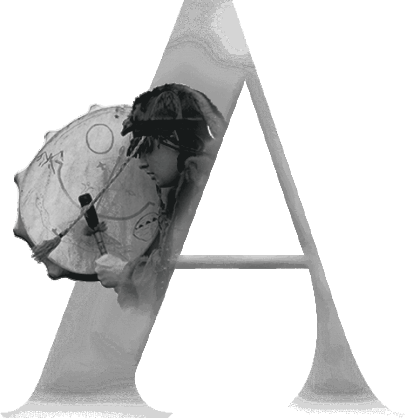Malicious Spirits in Different Traditions: Understanding their Origins and Characteristics
These creatures can be divided into two groups, and it seems appropriate to consider each of them separately.
I. The "wrongly" dead. In many folk traditions, demonic characters are those who died the "wrong" way, known as lost souls. In this capacity, they can be girls who have committed suicide after being betrayed by a seductive groom - they become mermaids and can drown not only their tormentor but any man in general. Another variation of lost souls includes witches or sorcerers who were unable to pass on their gift to the next person before their death. Suicides, who were even forbidden to be buried in cemeteries, also become demons.
I. The "wrongly" dead. In many folk traditions, demonic characters are those who died the "wrong" way, known as lost souls. In this capacity, they can be girls who have committed suicide after being betrayed by a seductive groom - they become mermaids and can drown not only their tormentor but any man in general. Another variation of lost souls includes witches or sorcerers who were unable to pass on their gift to the next person before their death. Suicides, who were even forbidden to be buried in cemeteries, also become demons.

Among the Mongols, malicious spirits (usually the souls of those who died unnaturally or sinners) are loosely differentiated in their functions and appearance, and their common "ancestral" characteristic is to bring illness to humans by inhabiting their bodies or capturing their souls.
Among the Adites (in Muslim mythology, "ada" is one of the indigenous peoples of Arabia), the soul of an unmarried woman turns into a demon that flies through the air, frightening people, spreading diseases, and inciting violent passions. Buryats believe that the soul of a deceased child becomes a kind of domestic spirit called "ada" which can be either benevolent or malicious. In shamanistic practices, harmful demons include:
— boo holdoy — the spirit of a person who died an "unnatural" death and is dangerous to the living;
— muu shubuun ("evil bird") — the soul of a woman who got lost in the forest and turned into a forest werewolf and cannibal, appearing as a beautiful girl luring lonely hunters into a cave;
— dahool ("sticking close") — the spirit of a poor person, girl, or young woman, deadly to children but not to adults, and usually considered a natural part of the clan or tribe; only a shaman can ward it off.
When discussing restless spirits and evil ghosts that some of the deceased turn into, it refers to people who have not expended their allotted life energy, which is the cause of the appearance of a malicious ghost.
II. Demons of calamities. Malevolent spirits of circumstances and coincidences are opponents of the shaman. In Mongolian mythology, they include demons of rage, obsession, misfortune, and disaster, known as dzedger, tuydger, toduur (literally "hindrance, obstacle"), which derails a person from their path (both literally and metaphorically) and captures their soul. The Siberian tradition also includes likhomanke — spirits of illnesses, and so on.
Among the Adites (in Muslim mythology, "ada" is one of the indigenous peoples of Arabia), the soul of an unmarried woman turns into a demon that flies through the air, frightening people, spreading diseases, and inciting violent passions. Buryats believe that the soul of a deceased child becomes a kind of domestic spirit called "ada" which can be either benevolent or malicious. In shamanistic practices, harmful demons include:
— boo holdoy — the spirit of a person who died an "unnatural" death and is dangerous to the living;
— muu shubuun ("evil bird") — the soul of a woman who got lost in the forest and turned into a forest werewolf and cannibal, appearing as a beautiful girl luring lonely hunters into a cave;
— dahool ("sticking close") — the spirit of a poor person, girl, or young woman, deadly to children but not to adults, and usually considered a natural part of the clan or tribe; only a shaman can ward it off.
When discussing restless spirits and evil ghosts that some of the deceased turn into, it refers to people who have not expended their allotted life energy, which is the cause of the appearance of a malicious ghost.
II. Demons of calamities. Malevolent spirits of circumstances and coincidences are opponents of the shaman. In Mongolian mythology, they include demons of rage, obsession, misfortune, and disaster, known as dzedger, tuydger, toduur (literally "hindrance, obstacle"), which derails a person from their path (both literally and metaphorically) and captures their soul. The Siberian tradition also includes likhomanke — spirits of illnesses, and so on.
+79221343011 Whatsapp, Viber, Telegram, Signal
info@ahamkara.org
Follow Ahamkara on:
https://ahamkara.teachable.com/ - Online Shamanic School
https://www.facebook.com/ahamkara.eu/notifications... - my Facebook
https://www.instagram.com/ahamkara.eu/ - my Instagram
info@ahamkara.org
Follow Ahamkara on:
https://ahamkara.teachable.com/ - Online Shamanic School
https://www.facebook.com/ahamkara.eu/notifications... - my Facebook
https://www.instagram.com/ahamkara.eu/ - my Instagram
